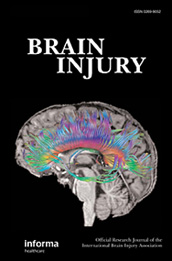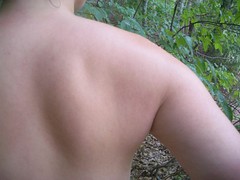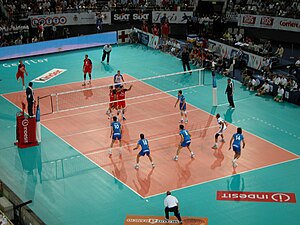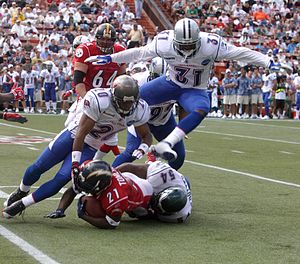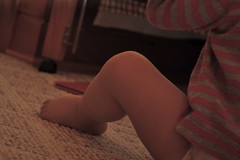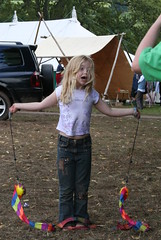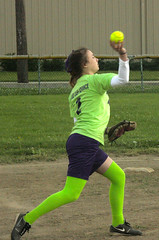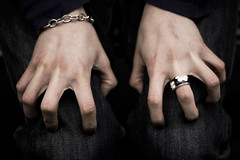
In the journal NEUROREHABILITATION, August 29, 2011, Drs.I.A. Solopova and D.Y. Tihonova et al of the Russian Medical State University and the Central Clinical Hospital of RAS, Moscow, Russia
stated their objective: Here we developed and tested a novel system for early motor rehabilitation in acute stroke when patients are unable to stand and walk without assistance. Stepping performance may be largely facilitated by providing treatment in the supine position on a tilt table using step-synchronized functional electrical stimulation (FES) with assisted leg movements and progressive limb loading.
The methods used were: Sixty-one individuals with acute stroke were randomly assigned to two groups, experimental and control. The first group received both a conventional therapy and FES-therapy combined with progressive limb loading, whereas the control group received a conventional therapy only. Changes after treatment were assessed using clinical scores and neurophysiological measurements of movement performance.
The results were: After treatment, there was an improvement of the clinical scores, muscle forces and everyday life activity performance in both groups, however, significantly higher in the experimental group. Active rhythmic movements of the non paretic leg often provoked muscle activity in the paretic leg as well as there was a reduction of the contralateral leg muscle contraction during paretic leg movements.
The conclusion was: The developed FES and leg displacement-assisted therapy facilitates a smooth transition to walking in the vertical position and increases the patient’s functional abilities and the effectiveness of rehabilitation.
The LegTutor has been developed to improve fine motor, sensory and cognitive impairments through active exercises with augmented feedback. A specially constructed brace is placed on the affected limb and connected to a computer with dedicated software that presents challenging and motivating tasks in the form of games. The repetitive training is tailored to the patient’s performance and provides thorough documentation to allow the therapist to customize the rehabilitation program to the patient’s ability. Already in operation at leading U.S. and foreign hospitals the LegTutor together with its sister devicves (HandTutor, ArmTutor and 3DTutor) is available for adults and children alike and can be used in the home with tele rehabilitation.
Rate this: Rate This

